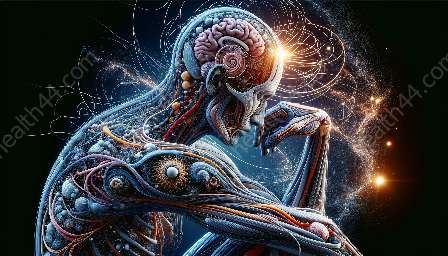Functional anatomy is a crucial aspect of medical training and health education, as it provides a detailed understanding of the human body's structure and function.
When discussing functional anatomy, it is important to consider how the body's systems work together to promote overall health and well-being.
Overview of Functional Anatomy
Functional anatomy focuses on the study of the human body and its various systems, with an emphasis on the relationship between structure and function. It involves an in-depth examination of how different parts of the body work together to perform specific functions, such as movement, respiration, digestion, and more.
Relevance to Medical Training
In medical training, an understanding of functional anatomy is critical for diagnosing and treating medical conditions. Healthcare professionals need to have a thorough knowledge of the body's structure and how it functions in order to provide effective care to patients.
By studying functional anatomy, medical students and professionals can gain insights into the interconnectedness of the body's systems and develop the skills necessary to interpret clinical findings and make informed treatment decisions.
Importance in Health Education
Functional anatomy plays a significant role in health education by providing a foundation for understanding how the body responds to various stimuli, including exercise, nutrition, and stress. Educating individuals about the functional aspects of their anatomy can help promote healthy lifestyle choices and prevent the onset of chronic diseases.
Furthermore, an understanding of functional anatomy can empower individuals to take an active role in managing their own health, as they gain insights into the impact of lifestyle factors on their body's function and overall well-being.
Integration of Anatomy and Functional Anatomy
Anatomy and functional anatomy are closely interconnected, with the former focusing on the structure of the body's systems, while the latter delves into how these structures function in coordination with one another. By integrating both anatomical knowledge and an understanding of functional relationships, healthcare professionals can develop a comprehensive view of the human body, enabling them to provide holistic care to their patients.
Conclusion
Functional anatomy is an essential component of medical training and health education, as it provides a detailed understanding of the body's structure and function. By exploring the intricate relationships between different parts of the body and their functions, healthcare professionals and individuals alike can gain valuable insights that contribute to improved health outcomes and overall well-being.
In conclusion, functional anatomy is a cornerstone of healthcare education and practice, shaping the way we understand and approach the maintenance of human health.


